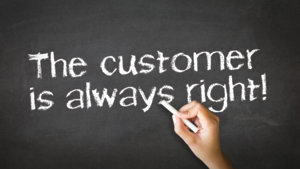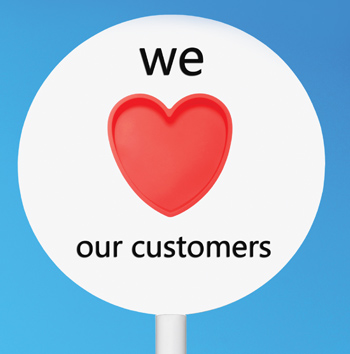The way customers prefer to communicate is changing, and there are great opportunities for every business owner to reach them more efficiently through E-communications. Email, social media (Facebook/Twitter) and texting are just a few of the electronic communication channels we use that benefit both our customers and our shop.

In the second of a two-part series, we delve deep into the process of selling a business by interviewing Art Blumenthal, nationwide automotive aftermarket business broker, who provides business valuations, exit planning and buying and selling adviser services. Part one of the executive interview appeared in the November/December issue of Shop Owner.

There’s a lot of talk about the importance of providing quality customer service and superior customer experiences to improve customer loyalty and sales. In fact, these topics are the primary elements of my training and consulting practice for the tire and auto service industry. On the flip side, there’s relatively little dialogue about the aspects that turn customers off, harm customer relationships and can ultimately have customers not only leave your business for a competitor, but do so while complaining about your business to everyone with whom they come into contact.

With the increasing ability to collect data electronically, shop owners are sitting on huge piles of data relating to various facets of shop operation. What are the best ways to comb through the data and determine the metrics that describe the productivity and efficiency of your business and allow you to impact it?

Having spent 25+ years in the sales industry myself, I have seen a wide variety of salespeople, from dreadful to truly great with most somewhere in between. Of course, top-performing salespeople are invaluable to any business as they typically represent the 20% of the team that generates 80% of the revenue or thereabouts.

If anything good came out of the recent recession, it’s that many people have learned to budget their finances. We are all well aware that there are times when the customer can’t afford all of the services and/or repairs that we are recommending. For example, a customer comes in for a 60k service and you discover that the car needs brakes on all four wheels and tires. The customer, due to budgeting reasons, declines the 60k service, but authorizes the brake work and tires.
With visits to repair shops on the decline, building customer loyalty is more important than ever. Developing a large and stable database of regular customers can help eliminate the constant need to acquire new customers. Your loyal customers can also serve as a great referral source for your shop. According to the research firm The Gartner Group, 20% of a business’ existing customers generate 80% of that business’ profits.

Ever notice how in upscale neighborhoods, even the fast food restaurants are nicer? Instead of a bright red roof and the famous golden arches, the McDonald’s in ritzy Aspen, CO, for example, boasts a second-floor fireplace and is housed in a sedate red brick building that blends in seamlessly with the surrounding architecture. The fancier digs reflect McDonald’s understanding that its target market in Aspen is far different than its target market in Akron, OH. The same idea holds true in the automotive repair world, but, unfortunately, too many shop owners fail to realistically identify their ideal market or customer.

